
Light Needs

Mature Height

Mature Spread

Growing Zones
Solomon’s Seal is a woodland native with a gracefully arching shape and flowers that resemble Lily of the Valley in late spring. This native of Eastern North America is at home in damp woodland gardens, along a stream or boggy area, and in cottage gardens alongside spring-blooming bulbs and hardy annuals. The sturdy, green stems and broad leaves are long lived in the summer and die back in the fall when the plant goes dormant. Although there is a bit of controversy over the correct scientific name for Giant Solomon’s Seal, Polygonatum biflorum var. commutatum is most often used.
Giant Solomon’s Seal multiplies by underground rhizomes and is not considered an overly aggressive spreader. In the Eastern United States, where Solomon’s Seal is native, this plant is found along waterways, in forests, and on roadside embankments. Giant Solomon’s Seal is rarely browsed by deer, even in areas with high populations. This plant can easily naturalize an area and act as a weed suppressor.
Giant Solomon’s Seal Care
Solomon’s Seal prefers damp, shaded areas with a neutral soil pH. Provide plenty of organic compost or shredded leaves to mulch the root zone. Solomon’s Seal is an early spring perennial that will start to die back during the hottest portion of the summer. In extremely hot years, the plant may go into dormancy early. This is normal and will not affect growth in the following year.
Deadheading is not necessary for Giant Solomon’s Seal. The spent blooms mature into black berries that are nutritious for all kinds of local wildlife. Although birds can eat the berries, they (along with all other parts of the plant) are toxic for humans and pets. Divide clumps of Solomon’s Seal every 3-4 years to keep the plant healthy and vigorous. The best time of year to divide plants is in very early spring, before any growth emerges, or late in the summer, just after the foliage has died back. Make sure to keep newly planted divisions well watered.
Giant Solomon's Seal Spacing
Solomon’s Seals are narrow plants that occupy a vertical space. The mature height can be as tall as 7 feet, while the width of individual plants is only 3-4 inches. Giant Solomon’s Seal is best planted in large groupings. Space each clump of plants 12 inches apart, center on center.
Giant Solomon's Seal Information
| USDA Hardiness Zones: 3 - 8 |
| Plant Type: Perennial |
| Light Exposure: Partial Shade to Partial Sun (3 - 6 Hours Of Direct Sunlight) |
| Mature Height: 3 - 7 Inches |
| Mature Spread: 3 - 4 Inches |
| Spacing: 3 - 4 Inches |
| Habit: Clumping |
| Flower Color(s): White |
| Flower Description: |
| Bloom Period: Mid To Late Spring |
| Foliage Type: Herbaceous |
| Foliage Color(s): Green |
| Foliage Description: |
| Seasonal Interest: Spring Flowering |
| Watering: Low |
| Resists: Disease, Pests & Insects |
| Tolerates: Drought |
| Attracts: Birds |
| Container Role: |
| Uses: Borders, Containers, Edging, Mass Planting, Wildlife Gardens |
| Features: Attracts Pollinators, Native to North America |
| Brand: American Beauties Native Plants |
| Common Name: Giant Solomon's Seal |
| Other Name(s): Giant Solomon'S Seal |
| Scientific Name: Polygonatum biflorum v. commutatum |
Simple Plant Spacing Calculator
Please Note: The pictures below are to give a general representation of the different container sizes. The actual size/ages of plants are estimates and will vary based on type of plant, time of year, last pruning & many other factors.
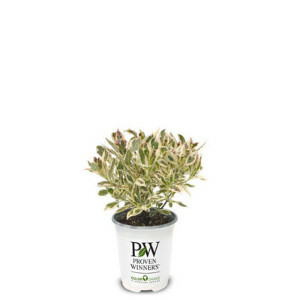
Also Known As:
Quart
Plant Age:
~ 6 months - 1 year
Plant Size:
~ 4"-8"
Pot Size:
~ 4.75"H x 4.5"W
Volume:
1.50 quarts
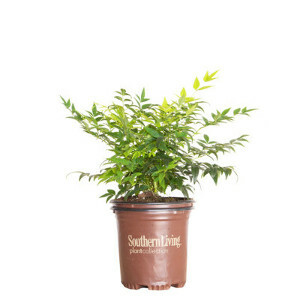
Also Known As:
2.5 Quart Pot
Plant Age:
~ 1 - 2 years old
Plant Size:
~ 8"-12"
Pot Size:
~ 6.5"H x 6.5"W
Volume:
2.20-2.30 quarts
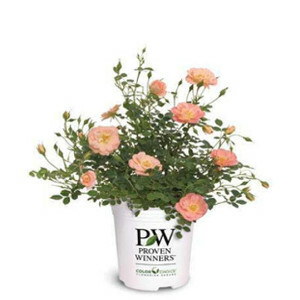
Also Known As:
#1 Container
1 Gallon
Plant Age:
~ 1 - 2 years old
Plant Size:
~ 10"-14"
Pot Size:
~ 7"H x 7.75"W
Volume:
2.26-3.73 quarts
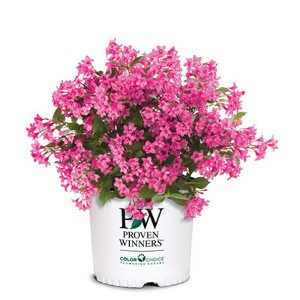
Also Known As:
#2 Container
2 Gallon
Plant Age:
~ 1.5 - 3 years old
Plant Size:
~ 12"-18"
Pot Size:
~ 9.5"H x 9.5"W
Volume:
1.19-1.76 gallons
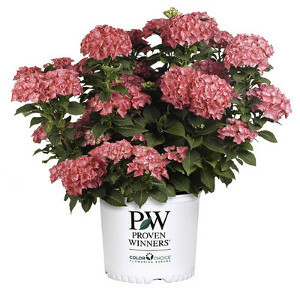
Also Known As:
#3 Container
3 Gallon
Plant Age:
~ 2 - 4 years old
Plant Size:
~ 12"-30"
Pot Size:
~9.5"H x 11"W
Volume:
2.32-2.76 gallons

Also Known As:
#5 Container
5 Gallon
Plant Age:
~3-4 years old
Plant Size:
~ 20" - 60"
Pot Size:
~11" H x 10 1/2” W
Volume:
3.5 - 4 gallons

We stand behind our plants with industry-leading guarantees to give you peace of mind.
We want your plants to arrive in great condition! If you notice any issues upon delivery, contact us within 3 days.
Starting January 1, 2026 all bushes, perennials & trees purchased come with an extended 1-year warranty for added confidence. If your plant dies due to a health issue within a year, we’ll make it right.

Pre-ordered plants are scheduled to ship in Spring 2026. We carefully plan our shipping dates based on your USDA Plant Hardiness Zone to ensure optimal planting conditions upon arrival. Want it sooner/later? Reach out, and we'll try our best to accommodate.
Estimated ship week for pre-ordered plants will ship based on growing zones as shown below.
| Growing Zone | Estimated Ship Week |
|---|---|
| Zone 10 | March 30th |
| Zone 9 | March 30th |
| Zone 8 | April 6th |
| Zone 7 | April 13th |
| Zone 6b | April 20st |
| Zone 6a | April 27th |
| Zone 5b | May 4th |
| Zone 5a | May 11th |
| Zone 4 | May 18th |
| Zone 3 | May 25th |
Note: These are only estimated ship dates. Plants may ship out later depending on weather & growing conditions of the plant.
Note: Only plants indicated as pre-order will ship as shown above. All other plants and hard goods will ship as normal.
Plants that are currently in stock typically ship within 2-7 business days after your order is placed.
Plant Addicts ships to the lower 48 states within the U.S. Unfortunately, we do not currently ship to Alaska, Hawaii, or internationally.
This plant cannot be shipped to the following states: AK, HI. These restrictions apply only to this specific plant due to agricultural regulations or other limitations. Other plants may still be available for shipping to these states.
If you have any questions about shipping restrictions, feel free to reach out to our team!

